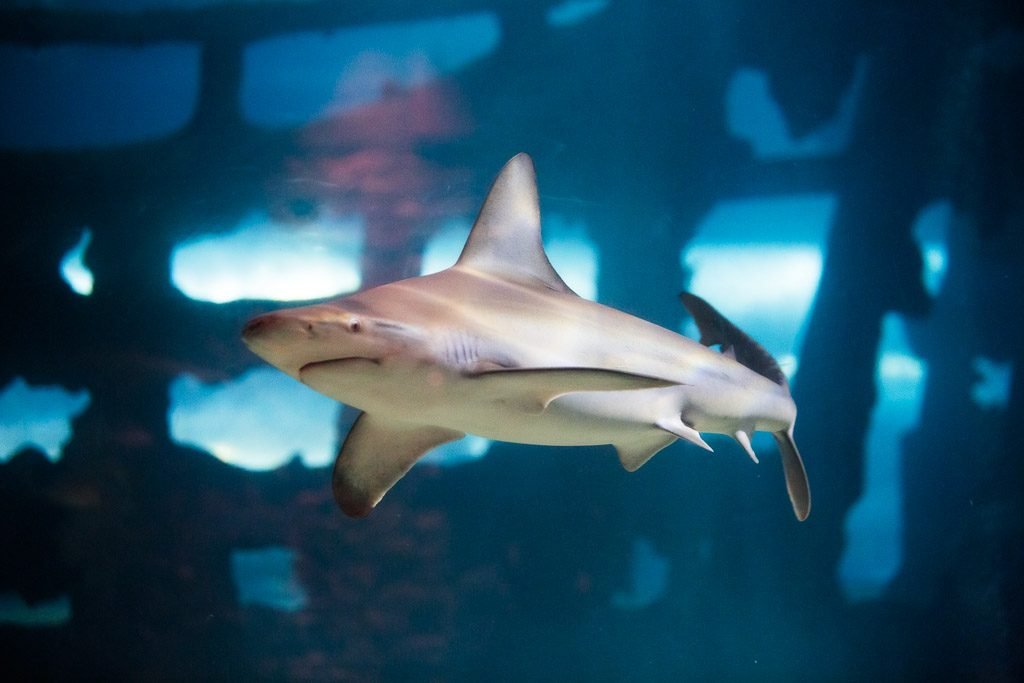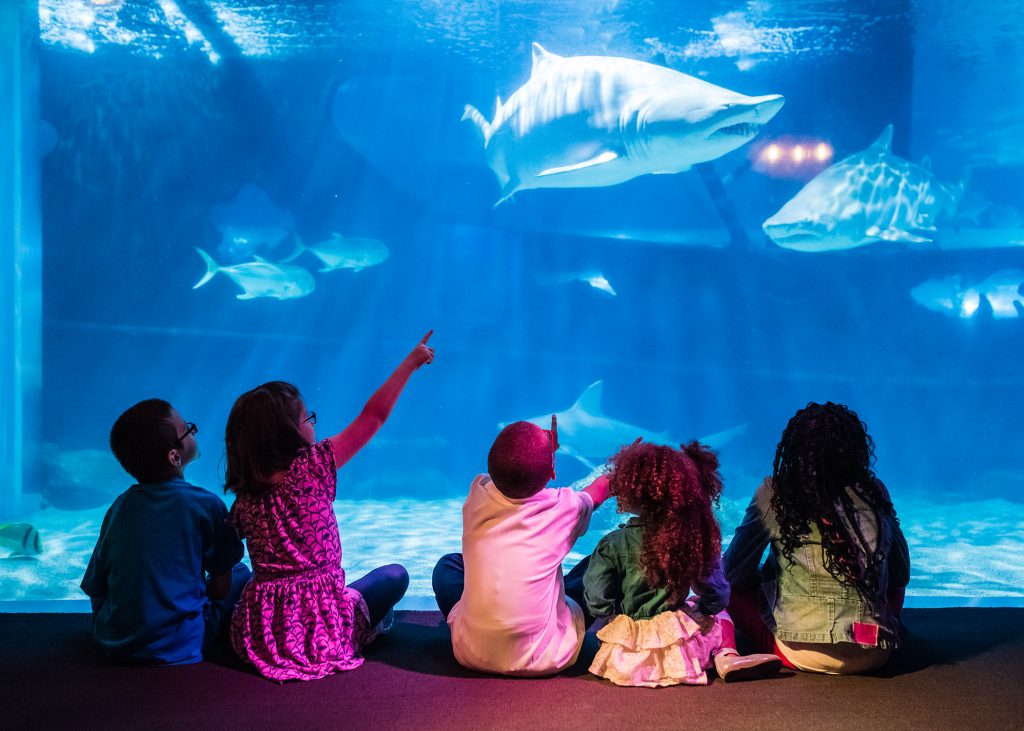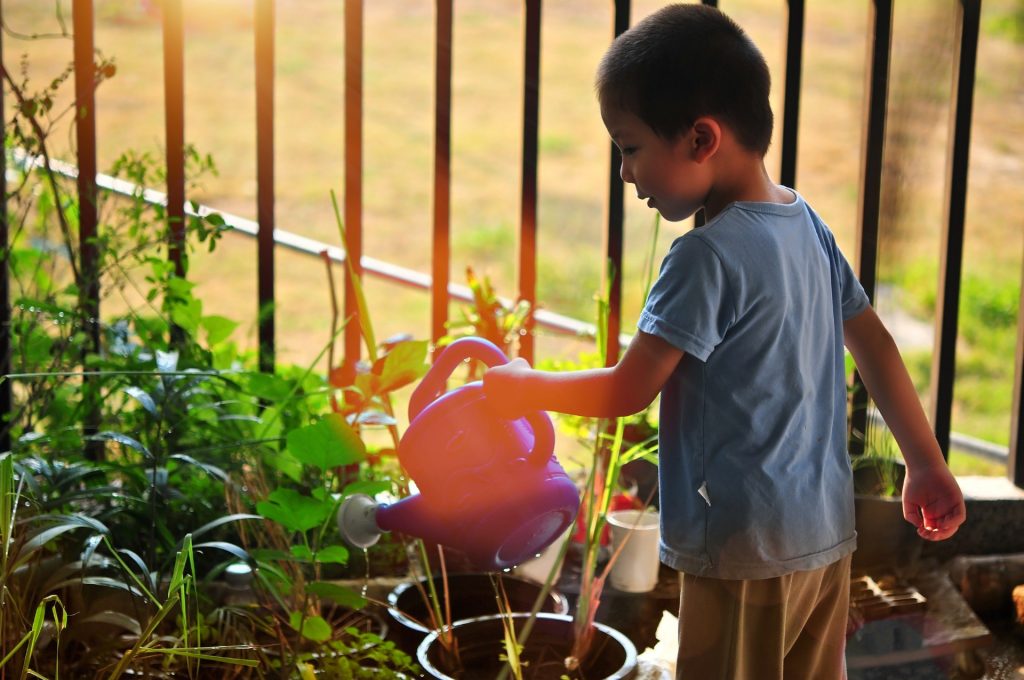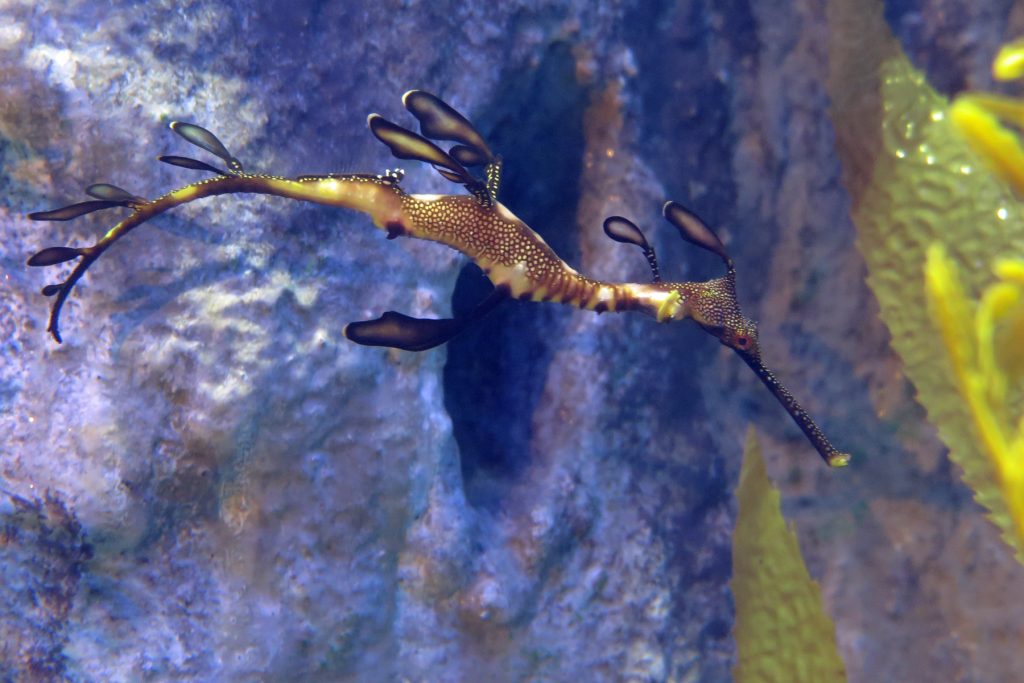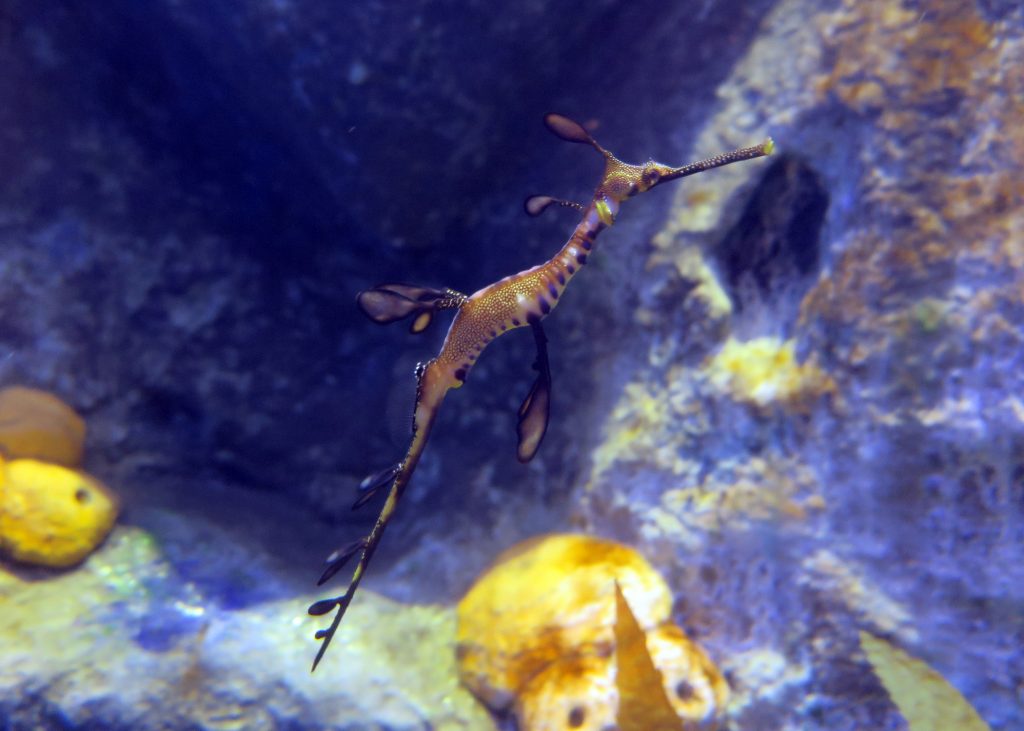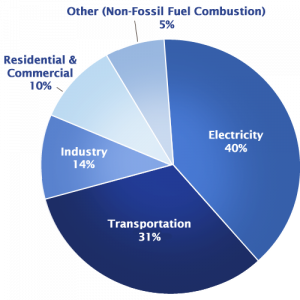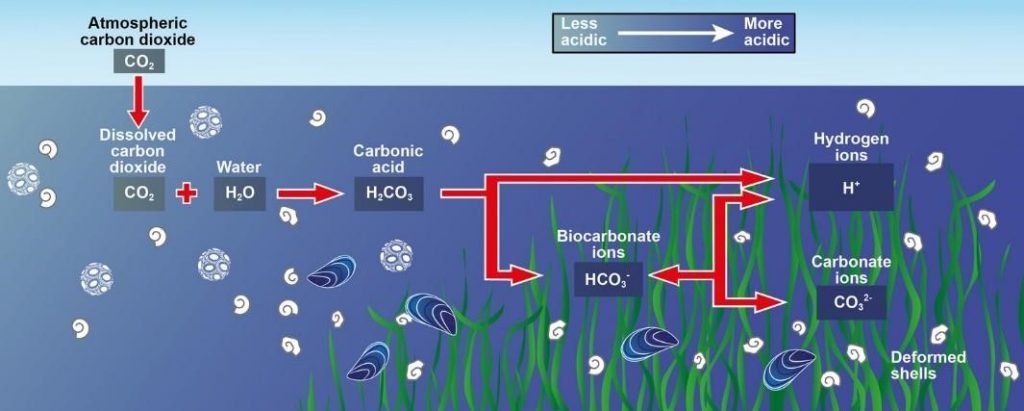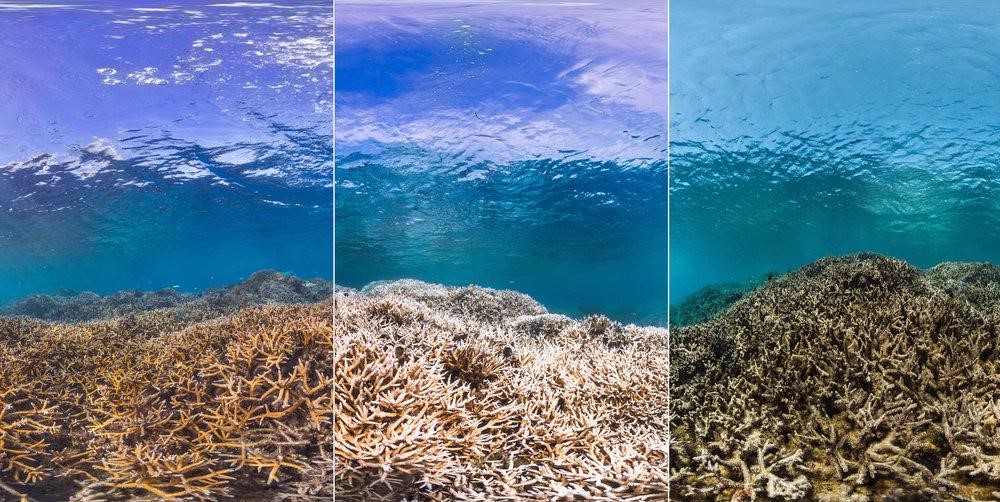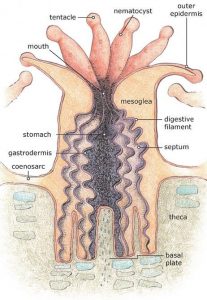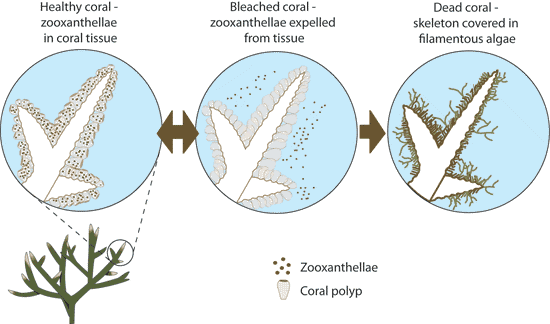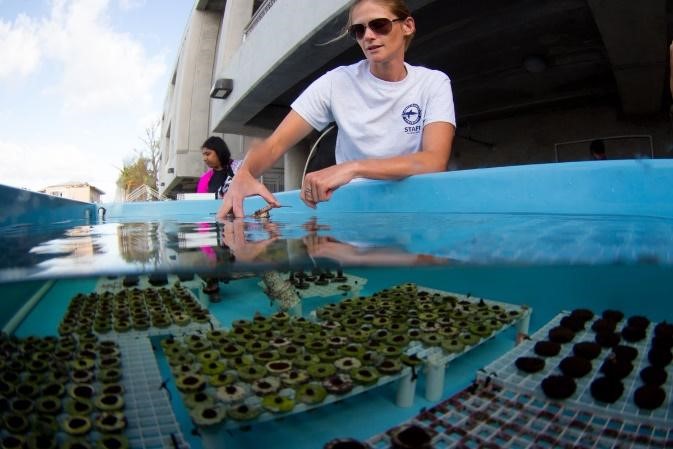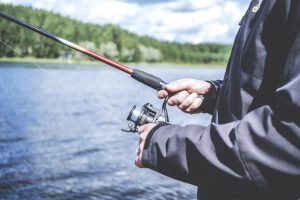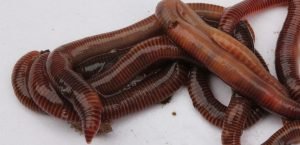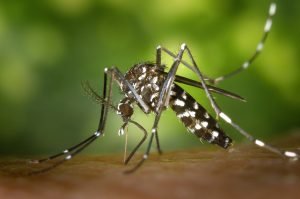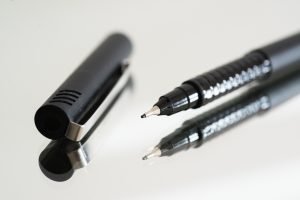Shark Conservation: 4 Ways You Can Help
Sharks are some of the oldest and most complex organisms in the world and their absence would likely have a huge impact on the ocean ecosystem and our world as we know it. Today, more than 11,000 sharks are killed by humans per hour due to bycatch, finning and overfishing. With humans killing an estimated 100 million sharks a year, it’s critical that we work to protect them. Here are a few ways you can actively support shark conservation.
Education
One of the best first steps to helping our oceans and animals is to educate ourselves! Research organizations all over the world collect data and information about our effect on the environment. Evaluating their findings leads to discussions and discoveries of ways that we can make a better and more conscious impact on the world. Sharks4Kids goal is to create a new generation of shark advocates through curriculum, games, and activities that can be accessed on their website. Some other great places we can learn from include:
- Ocearch
- Shark Stewards
- “How Sharks Affect Us All” – TED Talk by Ocean Ramsey
- One Ocean Diving
- Shark Angels
- Leonardo Dicaprio Foundation
Charities/Research Organizations
Supporting local and global organizations making a difference is important too. Support can be in the form of monetary donations that allow scientists to fund research vital to understanding the environment. It can also be in the form of advocating and sharing the knowledge we get from these organizations with others. The Shark Research Institute in Princeton, NJ conducts some of the most well-known shark research in the world. With one of the largest collections of data on these animals, the Institute is able to provide credible information to the media and help deter misconceptions about sharks. Their efforts to help change the image of sharks is revered worldwide. Some other great places to look into include:
- Mote Marine Laboratory
- Woods Hole Oceanographic Institute
- University of Virginia
- The Florida Museum of Natural History
Reducing Single-Use Plastic
Reduce, reuse, recycle—one of the best known conservation slogans of all time is still an important and effective way to help cut down on pollution that directly affects sharks. Reducing our reliance on single-use plastic can yield amazing results. By reducing plastic usage less trash accumulates in the ocean and less sharks and their natural food sources such as sea lions and sea turtles will consume these items. When we refrain from polluting our waters we can in turn make them cleaner and there will be less of a chance for sharks to consume plastic which can be harmful. Ocean 4 Plastic is an organization with a mission to remove plastic from oceans. Their two largest projects located in Haiti and Bali guarantee one pound of trash removal per $20 donation. Their website features a live count of how many pounds of trash have been removed from oceans by their projects. They also host cleanups worldwide and build recycling infrastructure in certain locations. Some other great places that actively do this include:
- 5 Gyres
- Washed Ashore
- The Natural Resources Defense Council (NRDC)
- Oceana
- The World Wildlife Fund (WWF)
- Greater Cleveland Aquarium
Shopping Sustainably
Being mindful about where you shop for and what foods you buy can have a greater impact than you might think. For example, the shark fin trade and production of shark fin soup greatly depletes shark populations worldwide. Choosing to shop in places that don’t support or contribute to these issues can help our shark populations grow. The Animal Welfare Institute provides a map showing what restaurants in the United States currently produce shark fin soup. They implore individuals to call those places and ask them to stop providing any products containing shark fins. Want to know more about the impact of your purchase? Check out:
And, if you want a more hands-on experience, come into the Greater Cleveland Aquarium to learn more about our sharks and why it’s so important that we keep them around!
– Kloby R.

